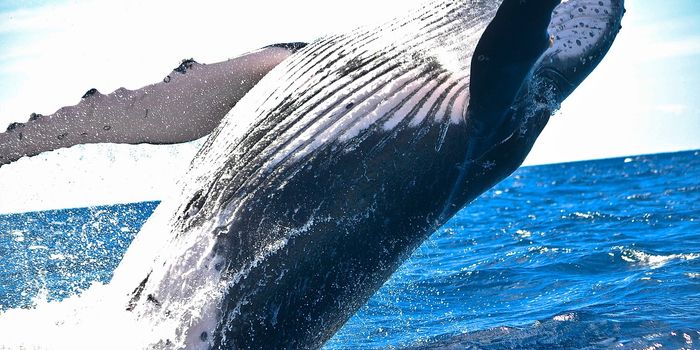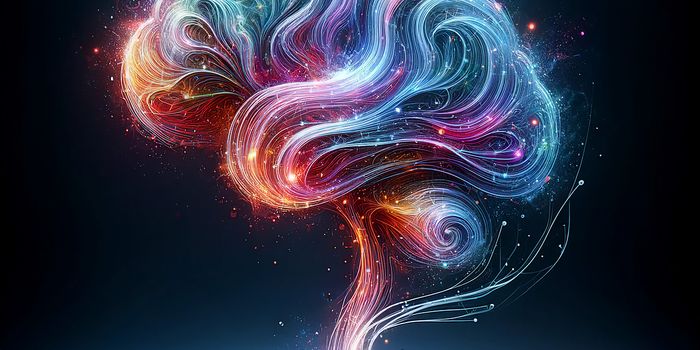Here's Why Godzilla Could Never Exist, According to Science
Lots of people are running to the theater to see the latest Godzilla: King of the Monsters film, and while it may be a work of science fiction, have you ever wondered to yourself why no creature on Earth has ever compared in size to the fictional Godzilla?
In the latest film, Godzilla purportedly measures a staggering 119 meters tall; but the largest-known animal to ever exist on Earth is the Blue Whale, and these marine mammals are only known to grow up to 30.5 meters in length – just a quarter of the size of Godzilla.
Citing Mike Habib, a paleontologist at the Natural History Museum of Los Angeles County, it would be biologically impossible for any living creature to grow anywhere near as large as Godzilla. For this to happen, the creature’s heart would need to be large enough to pump lots of blood to the head – nearly the entire size of the chest cavity – and this wouldn’t leave much room for other organs.
Many of the world’s largest vertebrates, including titanosaurs, walked on four legs and held their heads in front of their bodies, which prevented the heart from pumping blood against gravity. But Godzilla walks on two legs, and this would necessitate vast amounts of energy to push that blood up to the head.
Another reason why Godzilla’s existence would be biologically-challenging is that signals from the creature’s brain would take extended periods of time to reach the muscles, making it incredibly slow. With that in mind, Godzilla wouldn’t move as quickly as he does in the movies and finding prey to eat would be excessively challenging as it could quickly dodge his efforts to catch it. Consequently, Godzilla would never get enough energy to power such a large heart.
Perhaps the science is all wrong, and biology could one day find a way to make this type of life on Earth possible, but it just seems like nonsense otherwise.








